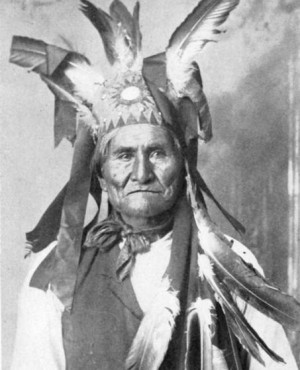
Oklahoma – Native Americans have long seen been an active participant in various activities and development in the United States. Across the Southwest deserts, there have been struggles as well as limitations towards the different tribes about control and liberations. In particular, the Apache Indians have been a fierce community that molded their own piece of legends throughout history. Their journey and battles have been recorded, forgotten, or even misrepresented. Within the current society, where do the Apache people stand?
Enemy, Warrior, History
The tribe’s name “Apache” came from the Zuni word “apachu” which means enemy. The communities under the tribe are strong and fit. In the first years of their settlements in the country, they were considered as a nomadic tribe of hunter-gatherers. Their system of rule lied within the decision of a tribal council. However, the main social life of the tribe were based around the family. Even groups of extended family members would live together.
The value of the extended family was based on the women where a situation when a man married a woman he would be a part of her extended family and leave his own family. These families would live near each other in a local group which had a chief as the leader. Each band was led by its own chief chosen by the council. The chief was considered more of a chairman whose primary job was to mediate between other Apaches.
In the study of the tribe’s culture and history, people learned about various famous chiefs including Geronimo, Cochise, and Victorio. From legends to written accounts, these tribal leaders who lead the resistance in the invasion of the Spanish, the Mexicans, and the Americans were the ones who greatly influenced and established the state of the community throughout the years.
Present Day Apache
The Apache is known to have originated from the Alaskan region, Canada, and parts of the American Southwest. After long and bloody wars in keeping their communities safe and free from foreign invasions, the tribes are now living under the rules and laws of the United States. There are 13 different Apache tribes in the country today. The communities mainly occupy lands in Arizona (5), New Mexico (5), and Oklahoma (3).
Tribes in the Arizona and New Mexico live in reservations. These are the lands that belong to Indian tribes and are under their full control. While in Oklahoma, the tribes live on trust lands. Even though these communities have different settlements, each of them has their own set of government, laws, police, and services. As years past and even with the modern ways of living as well as rules set, most of the tribes still use tribal councils for their government today. However, the people are considered US citizens so they must obey American law as well.
Nowadays, even though the neighborhoods within the reservations are connected by their own set of rules, there are times when modern practices are observed and dominant in the lives of the younger generations. This is where some of the customs as well as language are closely taught in an effort of preservation. Still, the Apaches are recognized ethnic groups in the United States and they continue to receive the privileges as well as respect from the law.
Image from Geronimo’s Story of His Life, http://nativeamerican.lostsoulsgenealogy.com/books/geronimo.htm



